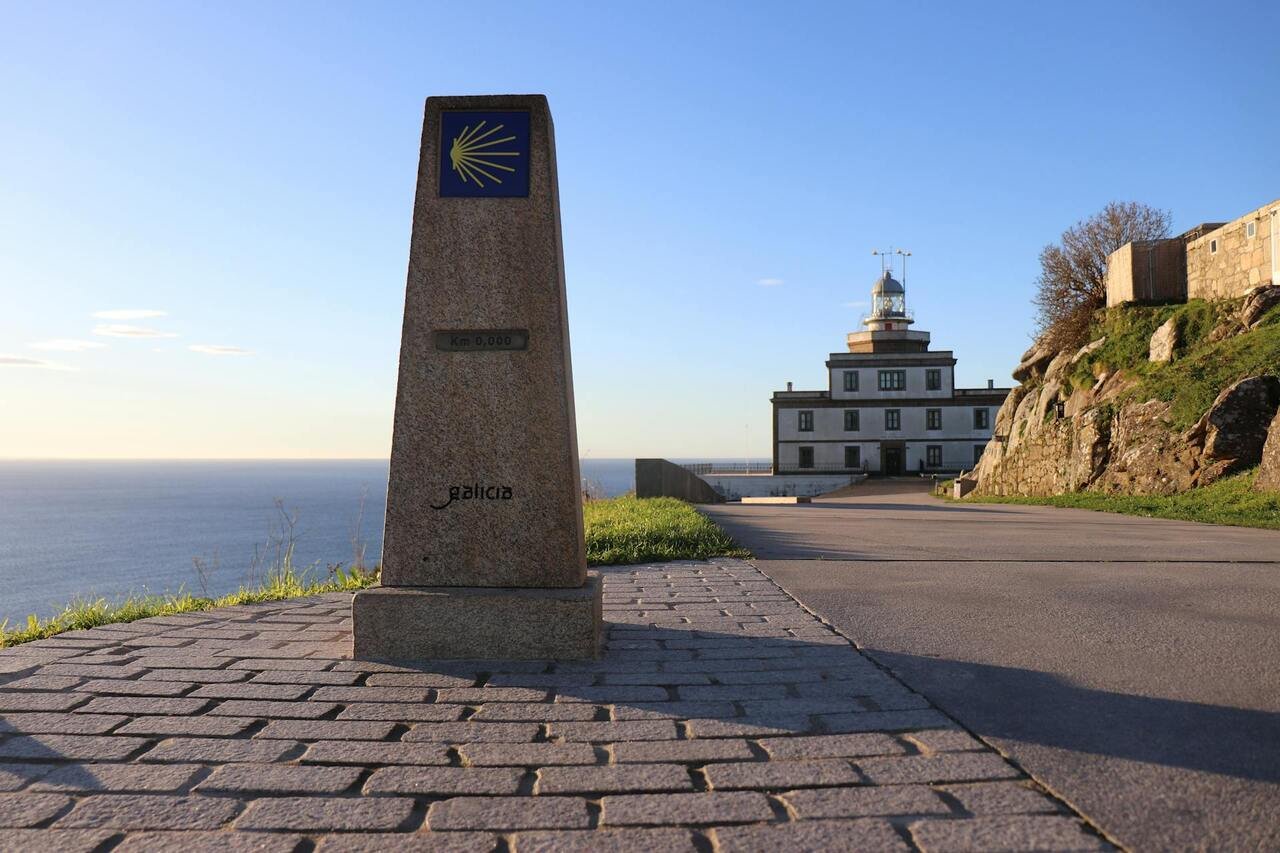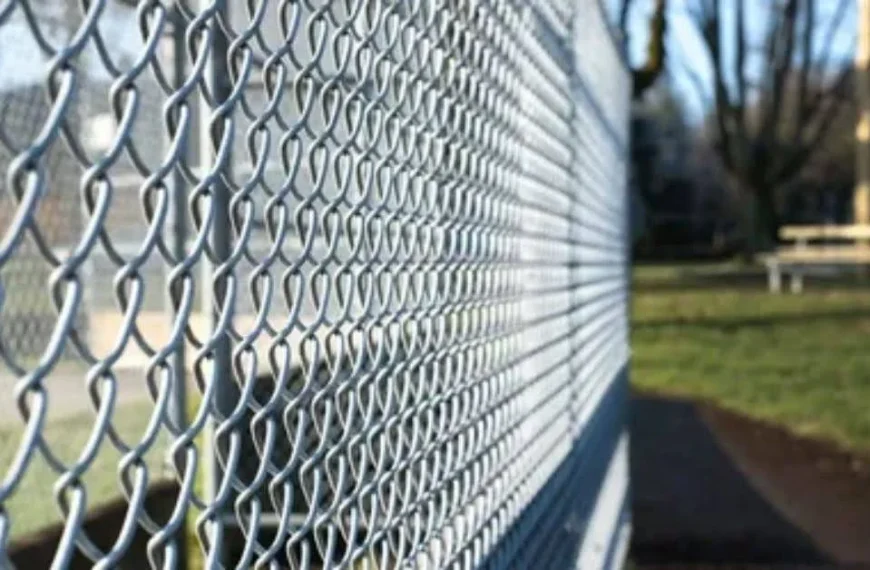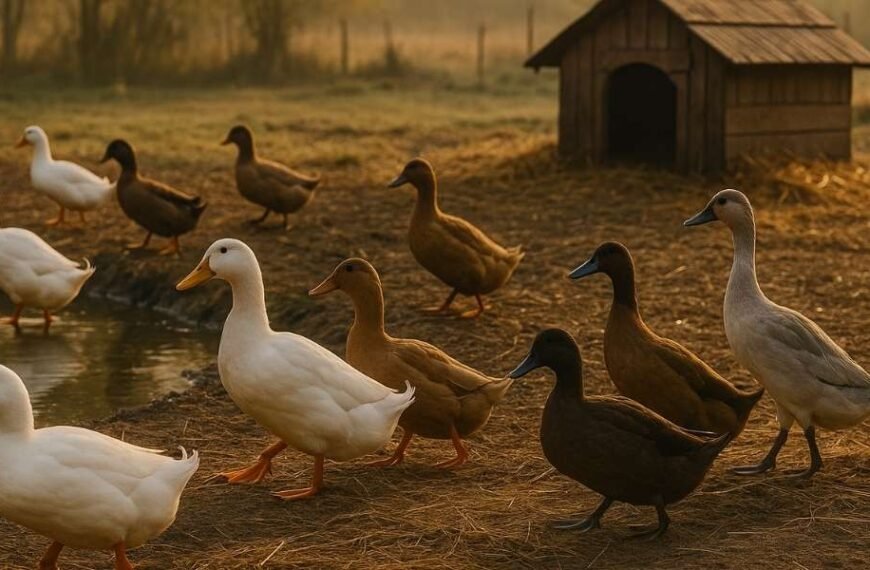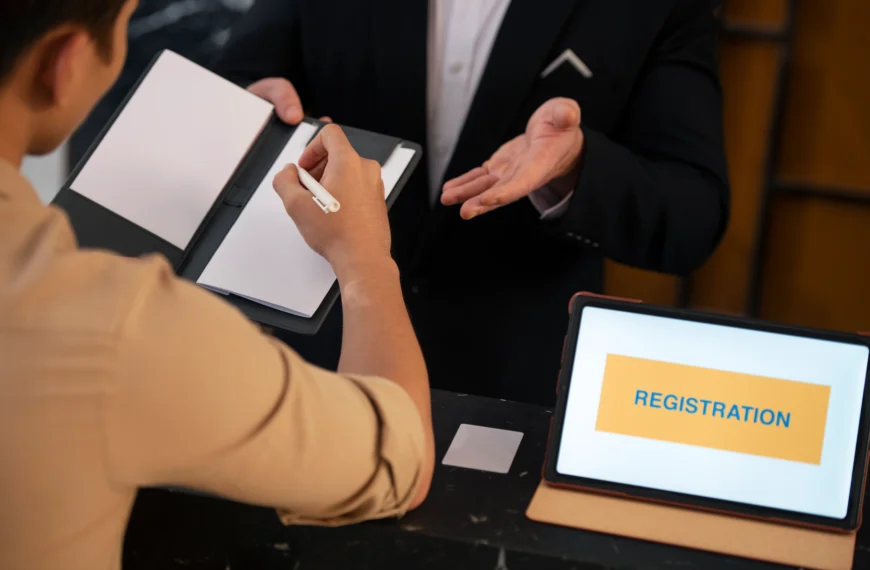The Camino de Santiago isn’t just a long walk, but a journey that can have quite profound meanings depending on the person undergoing it. Its challenge is why it’s so popular, but this challenge does require some thoughtful planning ahead of time. Below is the ultimate checklist to help you organise a Camino de Santiago trip.
Pre-departure strategic planning (3-6 months out)
The ideal time to start planning for the trip is around 3 to 6 months beforehand. If you’re using an organising company like Orbis Ways, then you needn’t worry too much about booking accommodation, and instead, the focus should be on which route to take. Orbis Ways does a good job of breaking down the different routes, like Camino Frances, but bear in mind that some are longer than others.
July and August are peak season, and can be very hot, so it might be better to go in Spring or Summer. If you’re not already fit, don’t worry! Most of the routes are only intermediate, and so you have time to train gradually, such as weekend walks with a weighted pack. Break in your hiking shoes, and begin budgeting for flights, gear, and insurance.
Essential gear & packing
Packing light is going to make a huge difference to your experience, but don’t be too barebones about it. Your core trio is a backpack (30- 40L, aim for 10% of your body weight when full), well-broken-in hiking shoes (plus evening sandals), and a lightweight sleeping bag or liner (essential for albergues). For clothing, it’s all about thin layers so you don’t sweat and can easily go in your bag if needed. Pack 2-3 sets of wicking t-shirts/trousers, like merino wool.
Add a thin fleece and a waterproof/windproof jacket and trousers, along with 3-4 pairs of quality hiking socks. A sun hat is needed, and potentially a warm hat and gloves, depending on the route and time of year. Health & hygiene should include travel-sized toiletries, a quick-dry towel, and earplugs for sleeping. Your first-aid kit should have blister treatments, antiseptics, pain relievers, any personal medications, as well as sun cream. Go for a large reusable water bottle and a headlamp in case you’re behind on time.
Documentation, finance & final checks (1-2 months out)
One to two months before the trip, you should make sure all the papers are in order, like your Pilgrim’s Credential, which is essential for albergue access, and your Compostela. Carry travel insurance details with you (EU citizens should have their EHIC). For money matters, carry some Euros in cash along with your cards. If you’ve gone for a 7-day hike, like from Sarria, you should certainly consider your prescription medications and have already converted GBP to EUR in your Revolut (or similar) bank.
On the way – daily operations
Once on you’re on the way, a rhythm emerges and your daily routine involves early starts to avoid heat and to secure albergue beds, especially in peak season. You can navigate this by following yellow arrows and scallop shell markers. Albergue life requires respecting “quiet hours” (typically 10 PM – 6 AM). Try to keep communal areas tidy and stamp your Credential daily.









